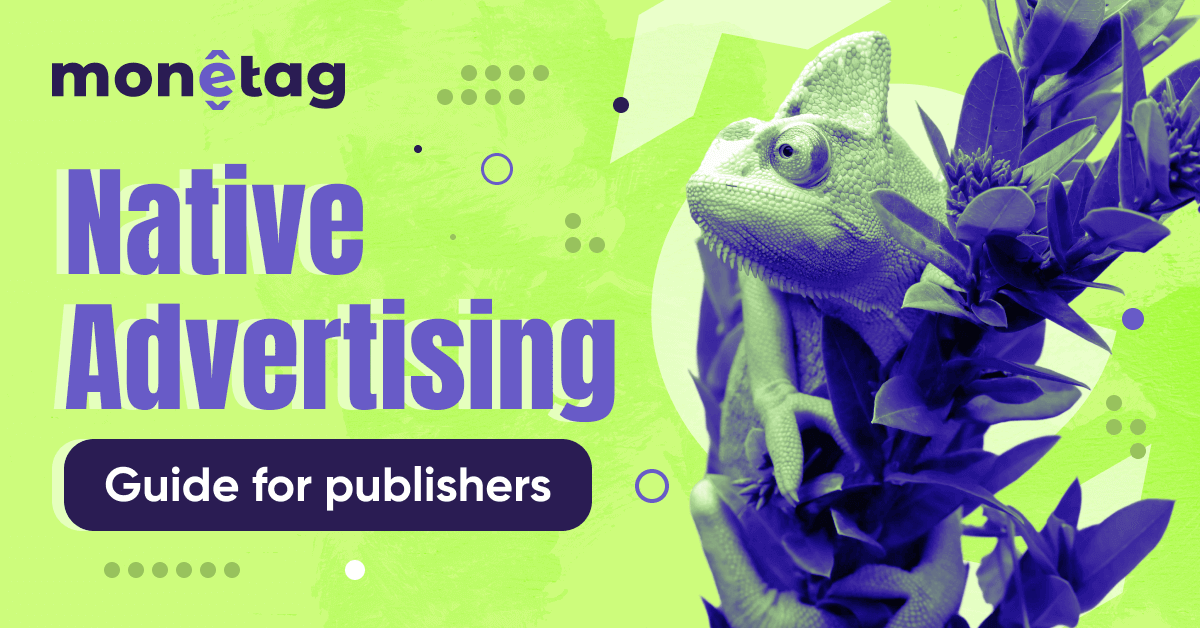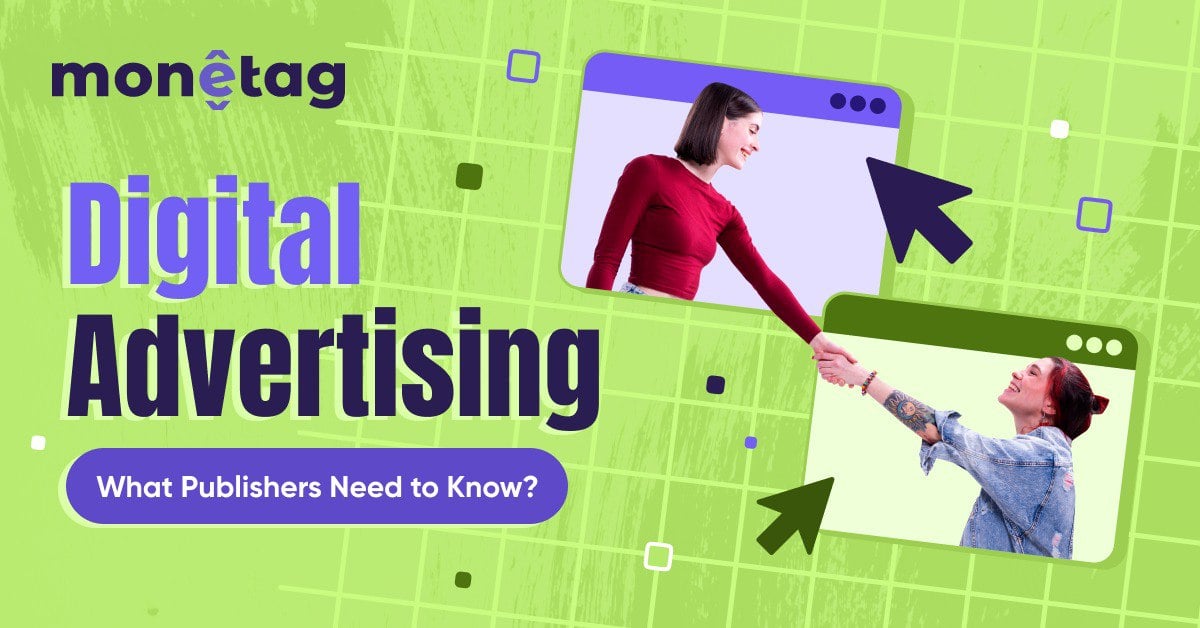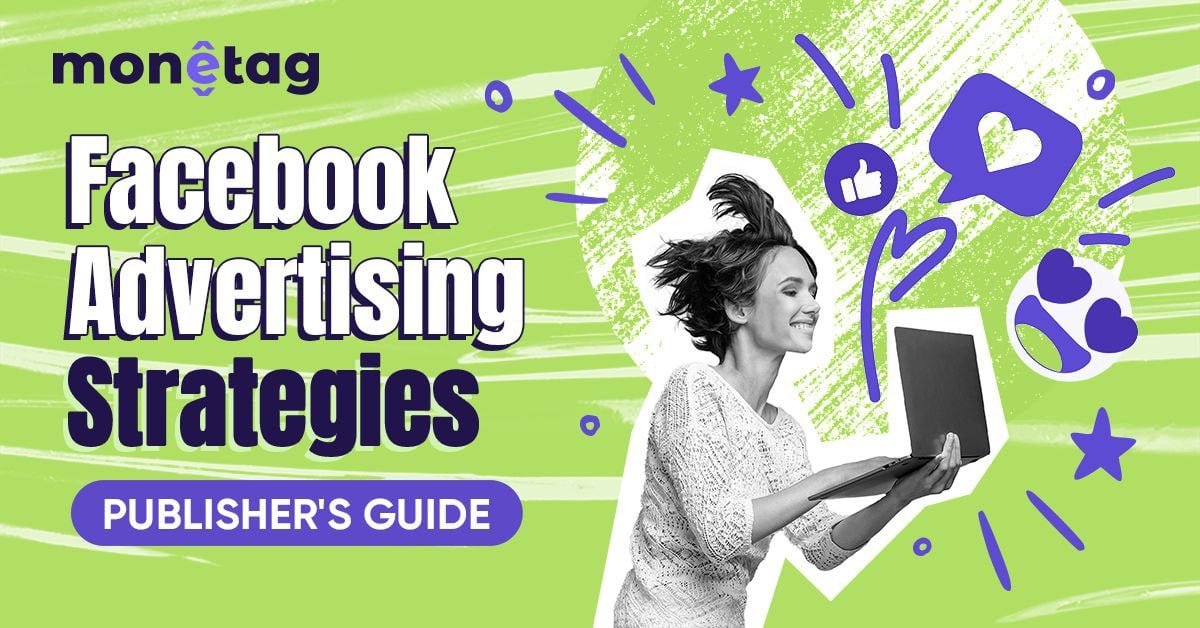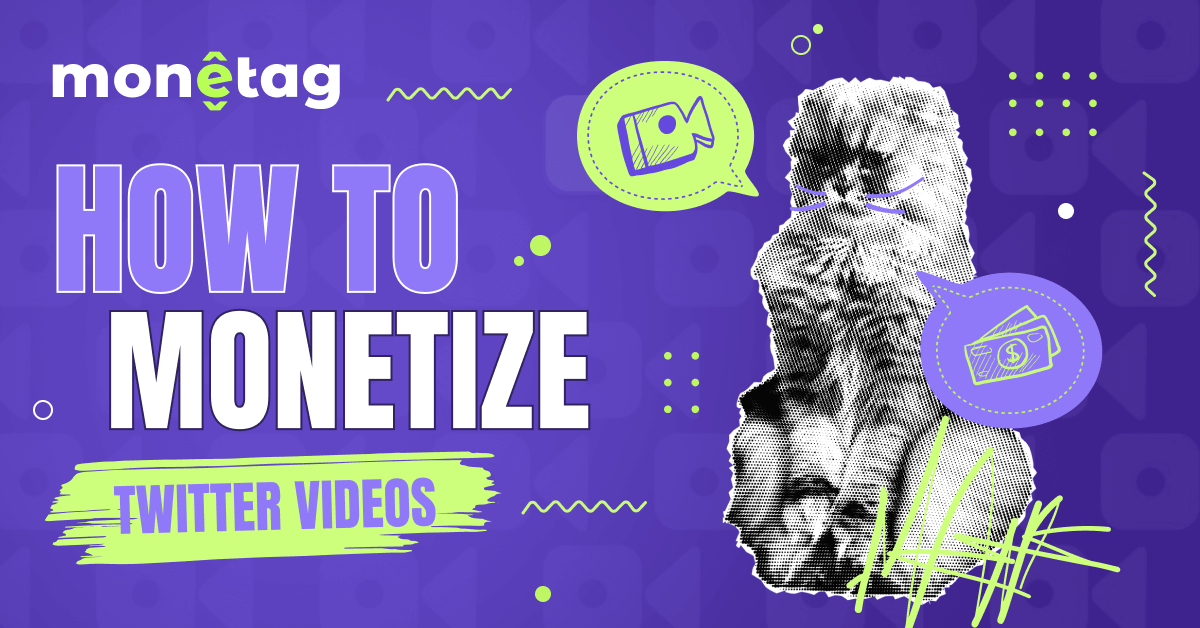| Format | User experience | Monetization tip |
|---|---|---|
| SmartLink | Click leads to relevant offer | Best for social traffic |
| Vignette Banner | Lightbox between content | High CTR, needs good timing |
| In-Page Push | Embedded notification style | Smooth UX, good for repeat visitors |
| Interstitial | Full-screen overlay | Best between content loads or videos |
Eye Candy Native Advertising: Your Go-To Formats to Increase User Satisfaction

Your visitors don’t hate ads, they hate the bad ones: the kind that scream, flash, and block what they came to see. But what if your ads fit in so well that they felt like part of the experience? And, on top of it, made you money at the same time? Exactly that ☝️is the magic of native advertising. It’s not about tricking users, but about blending relevance with revenue.
In this guide, you’ll uncover what native advertising really is. You’ll see real examples of native advertising done right, and learn how Monetag’s native ad-like formats turn ordinary traffic into a smart, steady income stream.
Let’s dive into the ad formats your users actually want to see.
Native advertising examples & how you use them
So, what native display advertising is? It’s just a fancy way of saying ads that look native, not out of place.
Some real native advertising examples are: articles marked “Sponsored”, content recommendations that match site style, or in-feed placements that feel editorial.
Even Monetag’s formats that seamlessly blend within the page content are native-like ads.

Don’t know how to choose between Monetag’s native-like ad formats? Here’s your go-to comparison table:
The Benefits Of Native Advertising: How You Win
There are many benefits of native advertising. However, here are the most important ones:
- Higher click-through rates because the ad feels integrated
- Cost-efficient: you get more impact at lower waste as you’re not interrupting users
- Better targeting: native ads can tap into context, device, and audience behaviours
- Native advertisements build trust, appearing as part of the content
When you combine these benefits with active formats like Monetag’s, you can get in serious traffic monetization mode.
And that means covering 100% of your web, mobile, and Telegram Mini App traffic, while also automating ad selection and boosting your CPM rates.
Your Playbook: Monetise Smarter with Native Advertising
Alright, time to get you some action. Here are steps you can take to make native ads work for your site or blog:
1. Define your traffic & objective
Are you driving search traffic, social, messenger, or mobile app? Choose the format that aligns.
2. Pick your format
Here’s a quick visual to help you pair the right traffic with the correct format. Try these:
- Social traffic → SmartLink
- High Engagement site → Vignette or Interstitial
- Returning audience → In-Page Push
3. Ensure user experience is clean
Native ads should match your platform style. Ads that blend in with the surrounding content appear as less intrusive and more effective.
4. Set targeting & optimisation
Test headlines, creatives, formats. For instance: Generate multiple headlines of 3-5 variations to help optimise.
5. Track & iterat
Use metrics (CTR, engagement, revenue per thousand views), and refine your placements, formats. When you build an effective native advertising strategy, you must establish metrics.
What You Should Get from This
You now understand what native advertising is, why it matters, and how digital native advertising can be a powerful revenue lever.
You’ve seen native advertising examples, you’ve got the benefits, and you’ve got a plan. And with Monetag, you get the formats and the tech to execute.
Don’t settle for leftover banner inventory. Engage, integrate, and monetise smart. Choose Monetag, as your traffic deserves more. So, let your site work harder.
Ready to get started? Let’s go full-throttle on native advertising.




